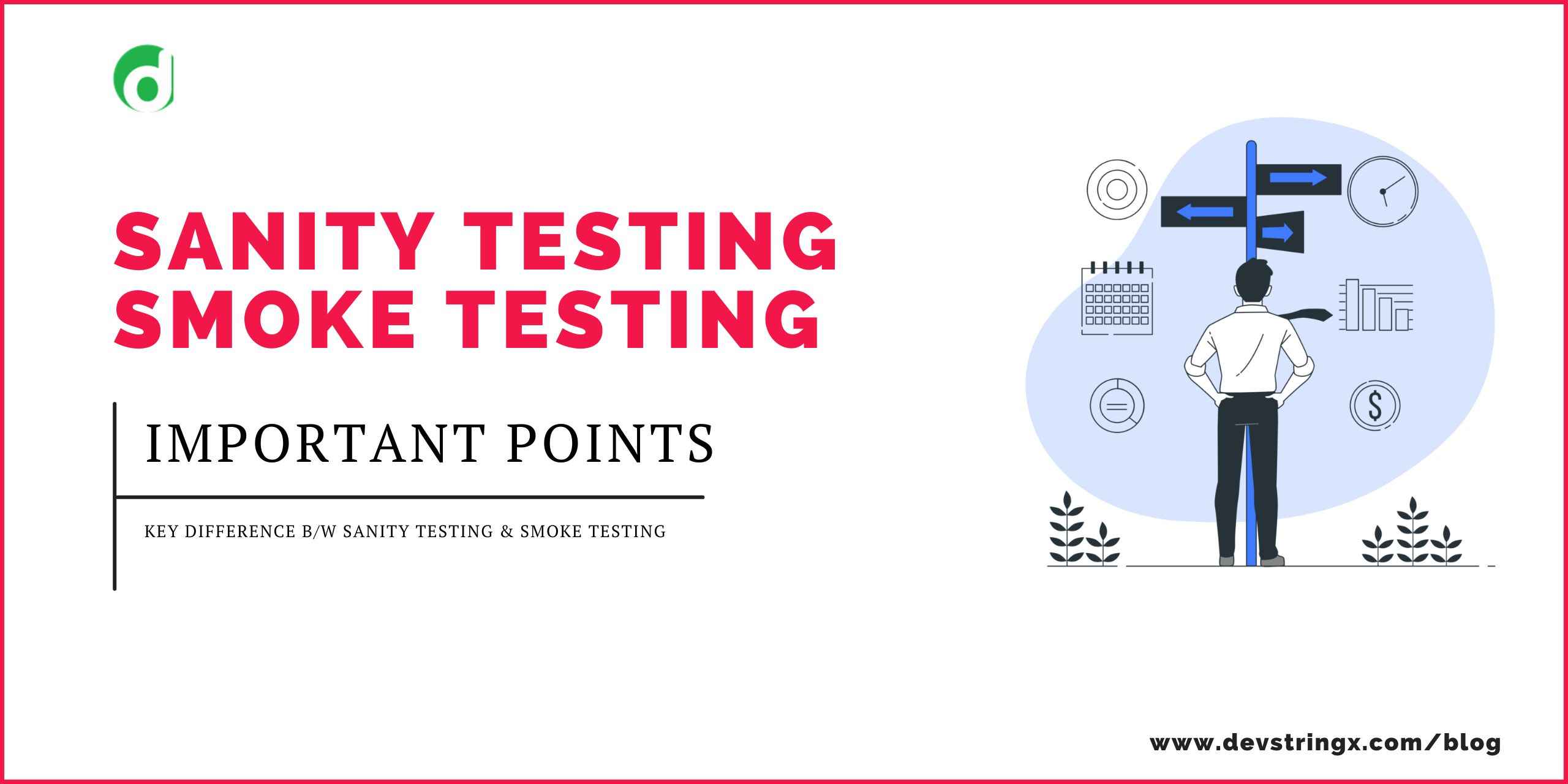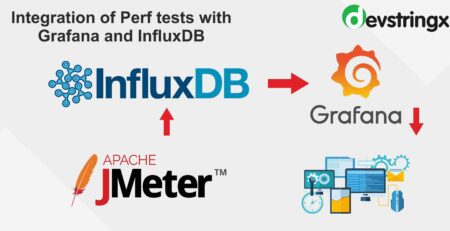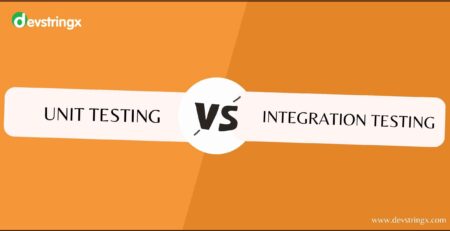Smoke Testing Vs Sanity Testing – Devstringx
What Is Smoke Testing?
Smoke testing is a kind of software testing used after a software build to ensure that the important features of the product are functioning properly. It is run ahead of any comprehensive functional or regression tests. Smoke testing is mostly used to reject software applications that have bugs so that the QA team won’t waste time testing them.
In smoke testing, the test cases choose to focus on the system’s most crucial feature or component. Instead of comprehensive testing, the goal is to ensure that the system’s essential features are operating as intended.
A typical smoke test would include checking that the program launches successfully, the GUI is responsive, etc. as an example.
Real-World Example
Suppose you are employed by an online retailer. As a Software QA, it is your responsibility to ensure that the essential features are operational when a new build is made available for testing. So you attempt to access the online store and add an item to your shopping basket to make a purchase. In the majority of eCommerce sites, that is a crucial workflow. If the flow is successful, the build can consider successful. On the same build, you can continue with functional testing.
If you’re new to smoke testing, you can learn more about What Is Smoke Testing?
What Is Sanity Testing?
Sanity testing is a type of software testing carried out following the delivery of a software build with minor code or feature modifications to ensure that the bugs have been fixed and no new problems have been brought about as a result of these changes. The objective is to establish that the proposed functionality performs essentially as anticipated. To avoid wasting time and money on more thorough testing, the build refuses if the sanity test fails.
The goal is to show that the developer used some sanity (rationality) when creating the software, not to “completely” test the new feature.
Real-World Illustration
Let’s use the same illustration as before. Let’s say you are developing an online store. The functionality of Search has been enhanced by a new feature. Here, the search feature should be your primary concern. You go on to other crucial features, including payment flow, after making sure the search functionality is functioning properly.
We have written a detailed blog on Sanity Testing. Feel free to check out What Is Sanity Testing?
Smoke Testing Vs Sanity Testing
In addition to determining whether the code is eligible for more tests, smoke and sanity testing are both quick to check the code’s fundamental functionality. Smoke testing, on the other hand, verifies that a program’s critical functionalities operate without error, whereas sanity testing verifies that the proposed functionality performs as expected.
The majority of the time, we mix up smoke testing and sanity testing. Let’s examine the differences between the two testing methodologies in more depth to dispel this misunderstanding.
| Basis for Comparison | Sanity Testing | Smoke Testing |
|---|---|---|
| Seeks | Validate Reason | Validate Stability |
| Carry Out | Solely by testers | Software developers or testers |
| Used to | Validates newly added features like bug patches | Validate a system’s essential features |
| Subset | Regression Testing | Acceptance testing |
| During Testing | Check only a certain system component | Validate the entire system |
| Verify | Newly introduced functionalities, flaws, etc | The program’s critical functionalities are operating without error |
| Software During Testing | Largely stable | Either stable or unstable |
| Subject | Stable builds | Initial builds |
| Testing Includes | Regression Testing | Basic Testing |
| Carry Out/Schedule | Scheduled when there is not enough time for extensive testing | Carried out after each new build release |
| Resembles | Specialist health checkup | Comparable to a comprehensive physical |
An Example of The Difference Between Smoke and Sanity Testing is as Follows
For example: For the initial release of a project, the development team makes the build available for testing, and the testing team evaluates the build. To accept or reject the build, it must first undergo testing. We refer to this as smoke testing. The build goes through additional testing if the test team approves it. Imagine that the build has three modules: Employee, Admin, and log in. Without delving further, the testing team only evaluates the application’s core features. We refer to this as sanity testing.
Important Points
- Immediately identifying whether an application is too faulty to justify any thorough testing, sanity, and smoke testing are two methods to avoid wasting time and effort.
- Tester acceptance testing is another name for smoke testing.
- Build verification testing, which is sometimes known as smoke testing, is done on a specific build.
- Sanity testing and smoke tests can both be run manually or automatically. The procedure that creates the build itself frequently starts the tests when automated tools are utilized.
- You might need to run both Sanity and Smoke Tests on the software build depending on the testing requirements. In such circumstances, you would initially carry out Smoke tests before moving on to Sanity testing. To expedite test execution, industrial test cases for smoke tests and sanity tests frequently integrate. Consequently, it is typical that the terms are misunderstood and used in the same sentence.
FAQs
- What Separates Sanity Testing from Smoke Testing?
Smoke testing versus mental testing image
To make sure that the program’s crucial features are operating as intended, smoke testing is done. Random sanity testing carries out to ensure that every feature operates as intended.
- Which Comes First, Smoke Testing or Sanity Testing?
The first stage of the software development life cycle involves smoke testing. Sanity testing, on the other hand, is a division of regression testing that comes after smoke testing.
- Do Smoke Tests Happen In QA?
Since smoke tests must be run frequently, typically for each build, they are commonly documented and programmed. These critical test cases are selected by the QA team, and if passed, will guarantee the build’s stability. The QA team then runs these cases after each build.
- Why Is it Referred to As a Smoke Test?
The word “smoke testing” reportedly has its roots in the plumbing sector, according to Wikipedia. Smoke is typically used by plumbers to check for leaks and breaks in pipe systems. Later, the phrase uses to describe testing electronics.
We are hopeful now you get clarity on the difference between Smoke Testing and Sanity testing
“If you’ve planned to test your product, Drop a message to us & get a free consultation call with our experts”














